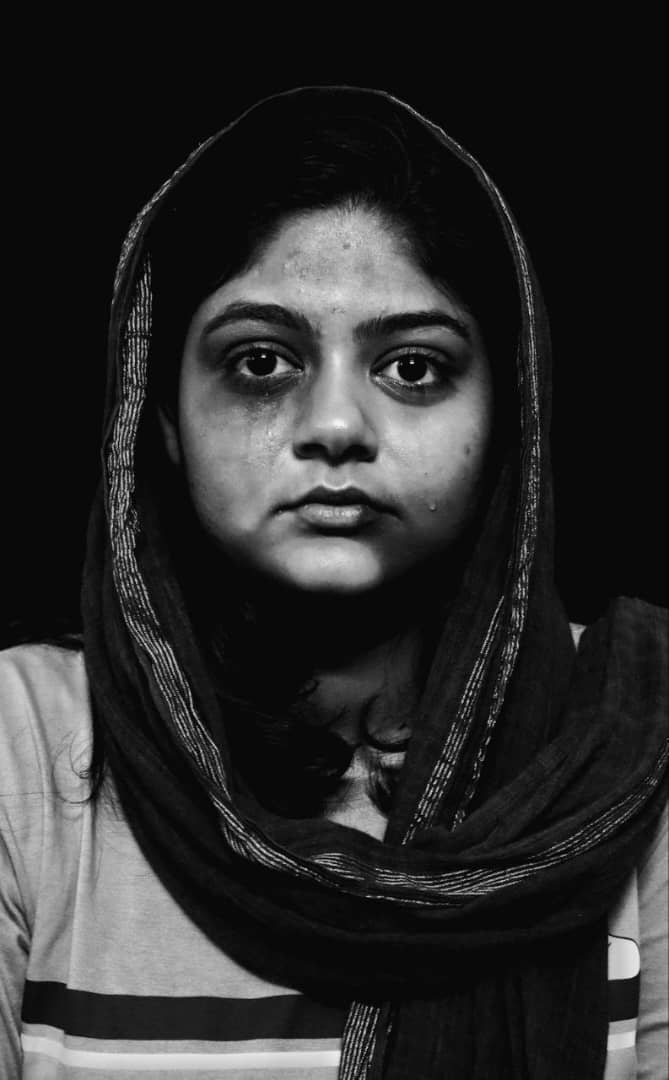Iranian Elderly with Dementia in Swedish Nursing Homes
(Based on the original study on Iranian-Swedish elderly in nursing homes)
The concept of home is deeply personal and shaped by past experiences, cultural identity, and current living conditions. For Iranian elderly immigrants with dementia residing in culturally profiled nursing homes in Sweden, the notion of home remains complex and multifaceted. While efforts have been made to create a familiar environment through language, customs, and social settings, residents did not perceive the nursing home as home but rather as a place to live—a distinction that reveals the deep emotional and psychological layers tied to the meaning of home.
Three Dimensions of “Home”
The study identifies three overarching themes that define how these elderly individuals perceive their environment:
- A Place to Escape To – Rooted in their past lives in Iran, home is shaped by memories—both comforting and traumatic. Some recall a beloved homeland, while others view Sweden as an escape from war, oppression, or personal hardships. Their experiences of displacement redefine their sense of belonging.
- A Place to Be – Sweden, their new homeland, initially provided security and family connections. Many arrived for medical care or to be close to their children, but social conflicts and loneliness complicated their experience. The nursing home became a stable space where they could exist with some degree of comfort and security.
- A Place to Live – The nursing home offered practical support, safety, and cultural familiarity, allowing residents to regain a sense of independence. They valued the ability to communicate in Persian, access Iranian food, and receive care from Persian-speaking staff. However, it remained a functional space rather than an emotional home.
Language as a Key to Well-Being
Language was a fundamental element in fostering security and ease in daily life. As dementia progressed, residents often lost fluency in Swedish, making communication in their native language essential. Speaking Persian or Azerbaijani:
Enhanced their sense of security and emotional comfort
Allowed them to access medical care without reliance on interpreters
Reduced misunderstandings and strengthened social connections
Cultural Elements and the Familiarity of Tradition
Efforts were made to recreate an Iranian atmosphere within the nursing home. These included:
Physical Environment – Iranian-style décor, carpets, and scents evoked memories of home.
Social Activities – Traditional games, tea gatherings, and access to Persian media helped maintain cultural continuity.
Food and Celebrations – Iranian meals and national festivities reinforced identity and nostalgia.
Gender and Spirituality – Same-sex caregivers and religious accommodations were available, although the prayer room was largely unused, suggesting varied expressions of spirituality.
The Complexity of “Home”
Despite these accommodations, the nursing home was not perceived as a true home. Instead, it served as a space where needs were met, but emotional attachment remained limited. The study underscores the importance of understanding home as a psychological and cultural construct, shaped by migration, loss, and the shifting sense of belonging in old age.
Conclusion
While culturally tailored care can improve the well-being of elderly immigrants with dementia, it does not fully replace the emotional depth of home. The study highlights the interplay between language, cultural memory, and personal history, emphasizing that home is not just a place—it is an evolving experience shaped by the past, present, and the unspoken longing for belonging.





